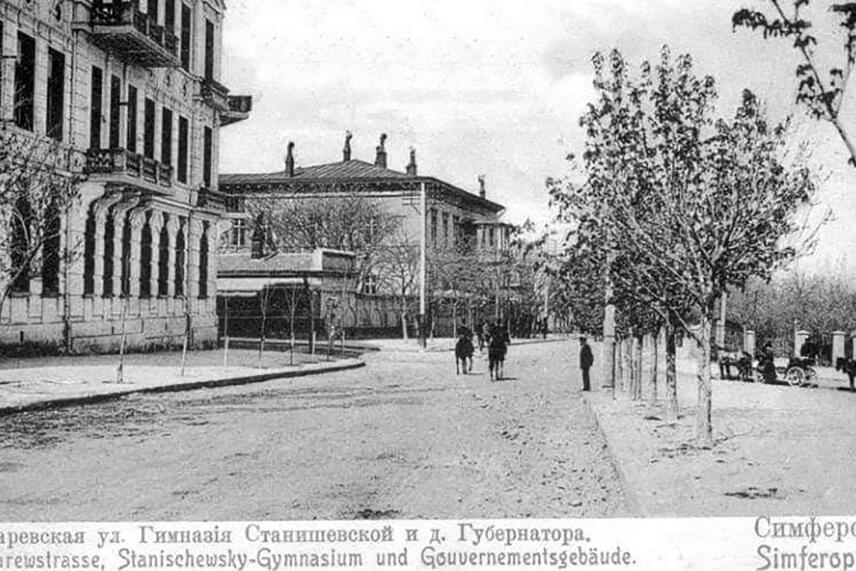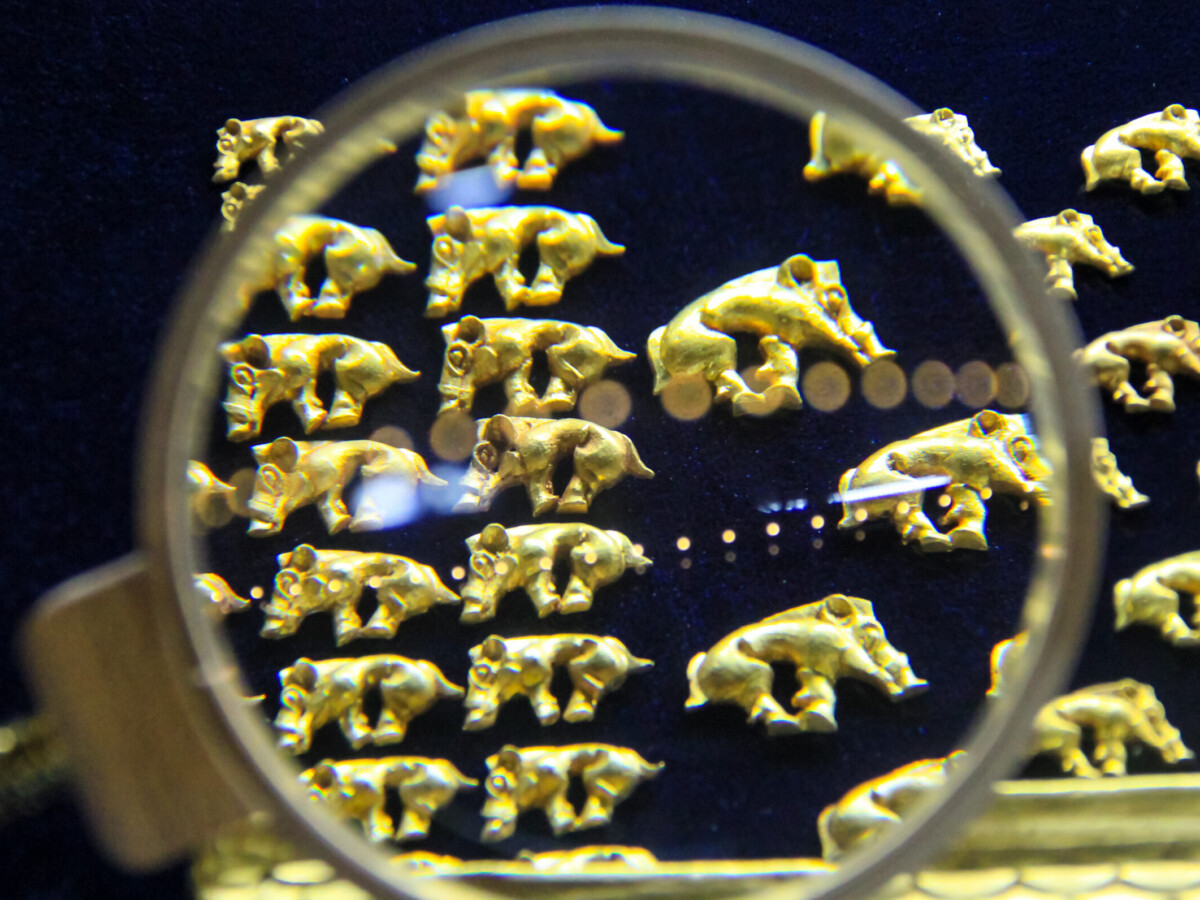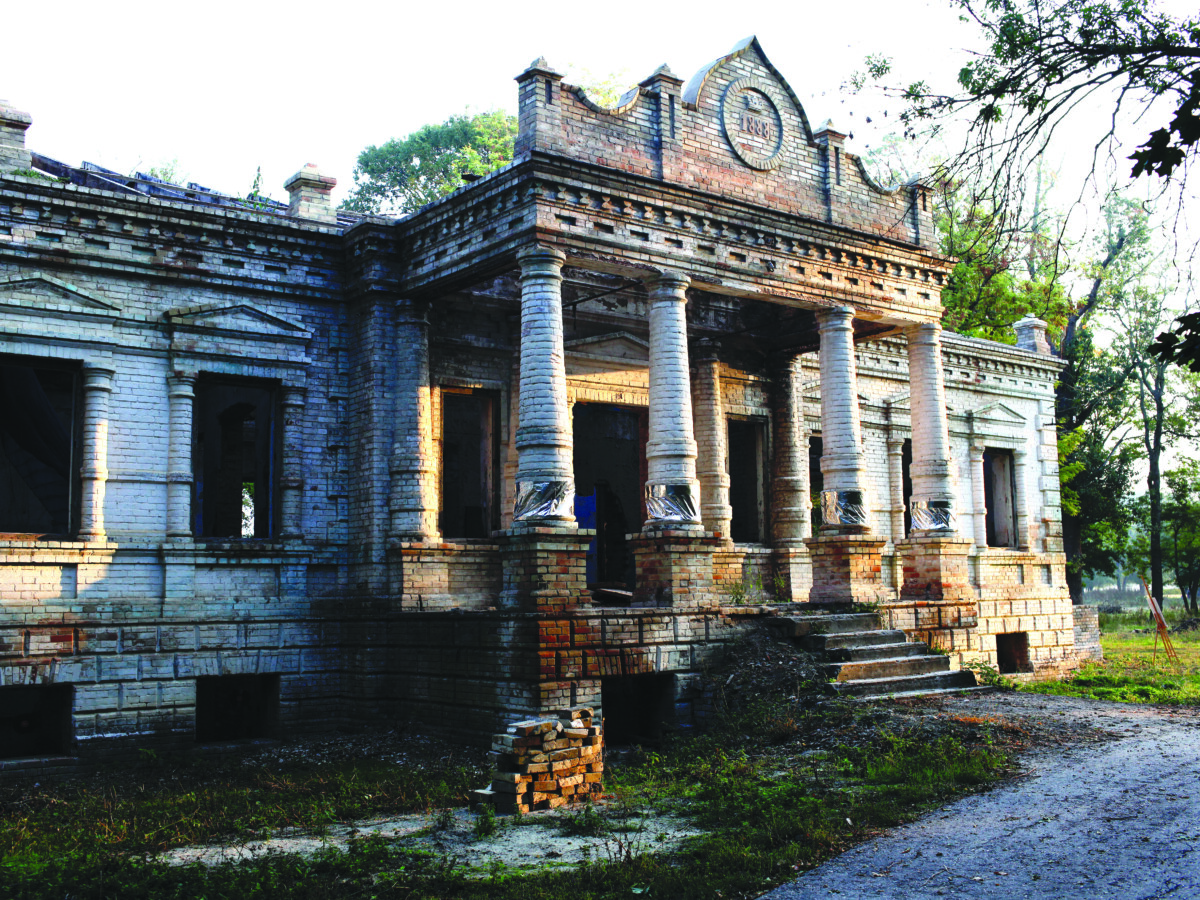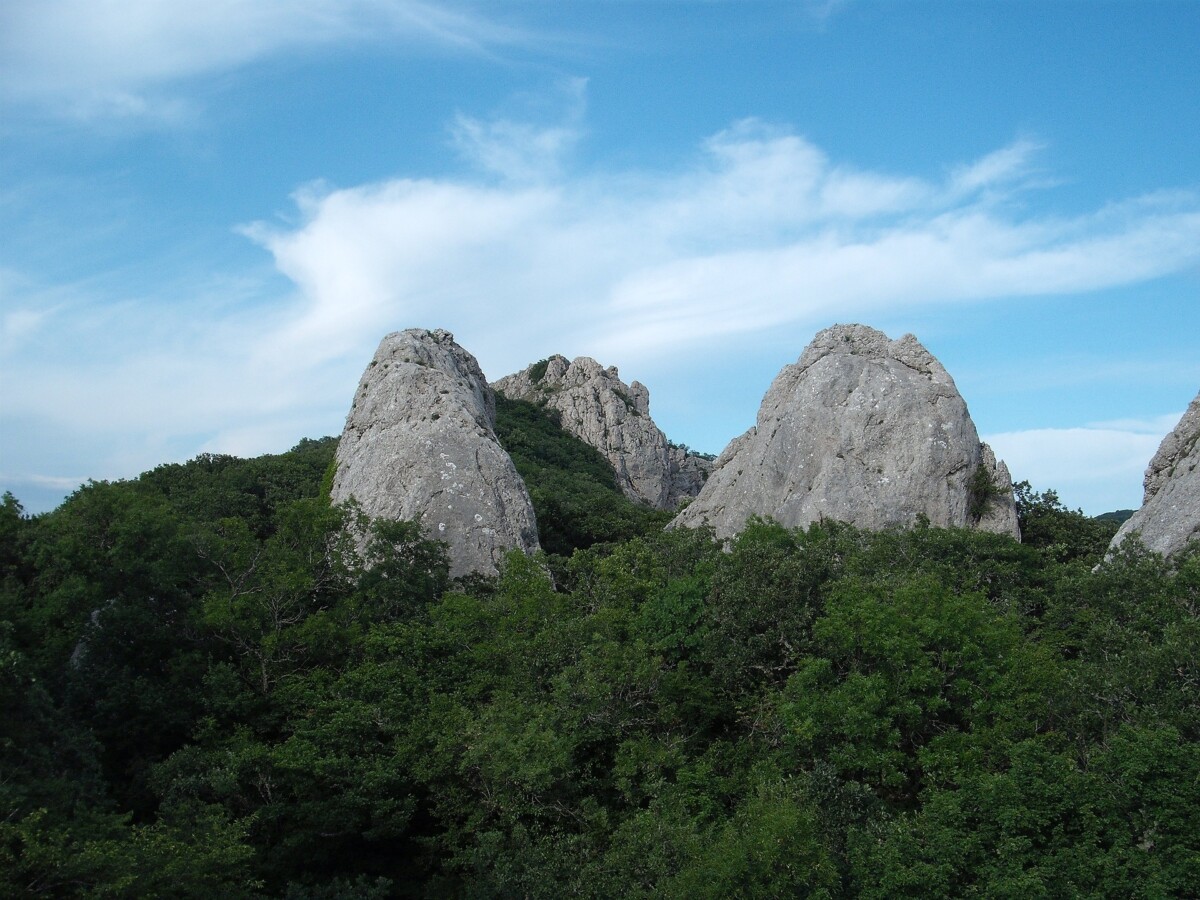A comparatively small, but respectable building located in the center of the city isn’t notable for ostentatious stylishness. The old tug doesn’t need it. Numerous memorial tablets on its facade as well-deserved awards eloquently tell about different, but significant events for Crimea that happened during a long century inside these walls.
Note
Year of construction: 1835.
Architect: Ivan Kolodin.
Style: Russian neoclassical architecture
Address: Simferopol, Lenina St. 15.
Shelter of a nature lover
Earlier, the homestead of Peter Simon Pallas was located on this site on the border of new Simferopol and medieval Ak-Mechet. A German scientist became a professor of natural history of the Russian Academy of Sciences. Pallas received homesteads in different districts of the peninsula as a gift from Catherine the Great for his works on researching of Crimea.
An academician turned out to be a great owner: he constructed a spacious residential building. Pallas used a project of a homestead in the style of the Russian provincial classicism as the basis. A manor house of Pallas became an intellectual center of the Crimean capital. However, in a few years the scientist decided to move closer to nature to the shore of Salgir, where he found the “Salgirka” homestead. In 1804, his estate in Simferopol was bought by the treasury for “habitation of a civil governor”.

Large house
In 1820, “young, but full of talents” Alexander Baranov became an owner of the residence. A 26 year old head of the region was riddled with great plans, which he shared with guests, but fortunately many of them gathered there in that September: high-level official Gavriil Gerakov, general Nikolai Rayevskiy, who was a hero of the Patriotic War of 1812, and novice poet Alexander Pushkin…
It must be assumed that a governor’s spacious homestead of 20 residential chambers became a shelter for Pushkin in Simferopol. Two Alexanders know each other from Saint Petersburg, they were close in age and in the liberal spirit, which were soaring among progressively-minded noble youth. And when a year later Pushkin knew about an unexpected death of Alexander Nikolayevich, he wrote in his diary: “I feel sorry for a honest citizen and clever man”.

In the early 1830’s, the necessity for the construction of a new residence of a governor of Crimea came to a head. Architect Ivan Kolodin designed a project in austere style of the Russian classicism that he liked. In 1835, a two-stage house with a view of the Public garden was raised on the site of the demolished buildings. In 1890, a facing side was complemented with a noticeable specific detail – it was a balcony on the pillars made of cast iron in the famous “Kasli style”. There was only one exit to the balcony – it leads directly from the governor’s cabinet.
The Revolution’s swirls swept off the piece defense of the chimneys, which is clearly visible on vintage postcards. When widening the street, the massive outbuildings were demolished during the Soviet period. The territory of the former park at the residence couldn’t resist new capitalists. However, the main building preserved unchanged. Its facade is decorated with four memorial tablets devoted to the events occurred within these walls in different periods of the national history. By the way, both events and individuals honored the “palace of power” with their presence were many more.
Has tsars and scientists in memory
Nicholas I visited Crimea in 1837. The august family got acquainted with great interest with the Taurian exhibition of agrarian and manufacturing masterpieces, which was held in the Public garden. The following day, the sovereign hosted numerous delegations. It’s obviously that all that took place in the governor’s house. Here, retinue had meals: the mentor of the cesarevitch Alexander Nikolayevich, poet and state figure Vasiliy Zhukovskiy wrote about a supper and breakfast at governor in his diary.
In 1854-1856, a hospital for warriors of the Russian Army, who were wounded in the defense of Sevastopol, was established inside the building. Emperor Alexander II considered it necessary to inspirit the heroes of the Crimean War personally. “The monarch deigned to inspect attentively the temporary hospitals organized within the best city’s buildings. Having visited the hospital, His Imperial Majesty appealed to the wounded soldiers and told: “I want to thank you for Russia, for my late parent and for myself, for your long patience from the bottom of my heart. It was a ceremonial moment, which can’t be forgotten during all the life and which rewards for previous sufferings and which provides with the energy for future heroic deeds”, — eyewitness writes.

These walls remember the last Russian emperor. Resting in Livadia in 1912, Nicholas II specially came to Simferopol. After receiving a lot of deputations, a “lord of the Russian land” honored representatives of the Imperial Gardening Community, who presented the work of Simirenko “Crimean fruit growing” to the sovereign, and Arseniy Markevich, who was a member of the Taurian Scientific Archive Commission and who presented the last issues of “News of TSAC” with his attention. Nikolai accepted the books with gratitude: “I am familiar with the works of your commissions. Forming a section of my library from the writings about Crimea in Livadia, I made sure how much the commission and you personally worked on researching of the history and antiquities of the region”.
It’s reasonable to remember that the Taurian Scientific Archive Commission was a reputable organization of local lore specialists, which united the elite of the Crimean intellectual society. It was established in 1887 right here in the governor’s residency. In his opening speech, the Head of the Taurida Province stressed the relevance of “a task of preservation of the whole epoch of the folk life”.
In the revolutionary period of the Great Distemper
The history of the Taurida Governorate ended during the February Revolution of 1917: a portrait gallery of the former supervising officials disappeared from the cabinet and new individuals became sitting at the head of the table that was draped with green cloth. The Great Russian distemper was beginning…
The period of the Civil War reflected in the presence of the Regional governments inside this building. The first government existed not long — from June to November 1918. German troops occupied the peninsula in April. The German occupation command group appointed a lieutenant general of the Russian Army Matvey Sulkevich as a prime minister of the peninsula. The government of Sulkevich implemented one but important thing for the short period of its operating: the Taurida University was established in Simferopol.
In the end of 1918 Germany lost World War I, then the country started evacuating its troops from Crimea. The government of Sulkevich finished its activity and transferred power to the government headed by Solomon Krym. The other militaries dictate terms to him: the commander of the Volunteer Army Anton Denikin and troops of the Entente. However, the Cabinet Council of Crimea made a significant mark in the history: the Crimean National Reserve was established on the base of the former tsar landholdings on 10 March 1919.
The episodes of changing of power lasted until November 1919. A new owner of the homestead, which was the Revolutionary committee, appeared on the stage with the final establishment of the Soviet power. Bela Kun headed the organization. A “fiery internationalist-revolutionist” consolidated all civil and military power in his hands: “establishing of the revolutionary discipline”, “unroot hot spots of counterrevolution”.

Peaceful times
In the ’30s, the place was handed over to the Institute of Reeducation of Teachers. The old house preserved this “wise, kind and eternal” status to this day. Two wonderful monuments were devoted to the sowers of “knowledge on the folk field”. One of them is a teacher surrounded by pupils. The material the sculpture made of was very symbolic. Noble granite personifies the sustainability of pillars of a noble teaching profession. And attendees of the modern Institute of Postgraduate Pedagogical Institution willfully grind away at their studies on the other side…

A nice-looking detail: “Teacher” the bee was added to the monument not so long ago. A busy bee in the large kind-hearted company of bronze symbols of Simferopol recalls of the significance of a teaching profession.






